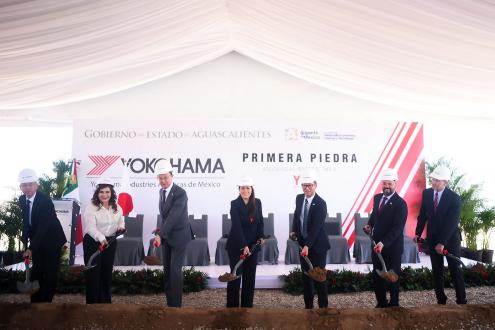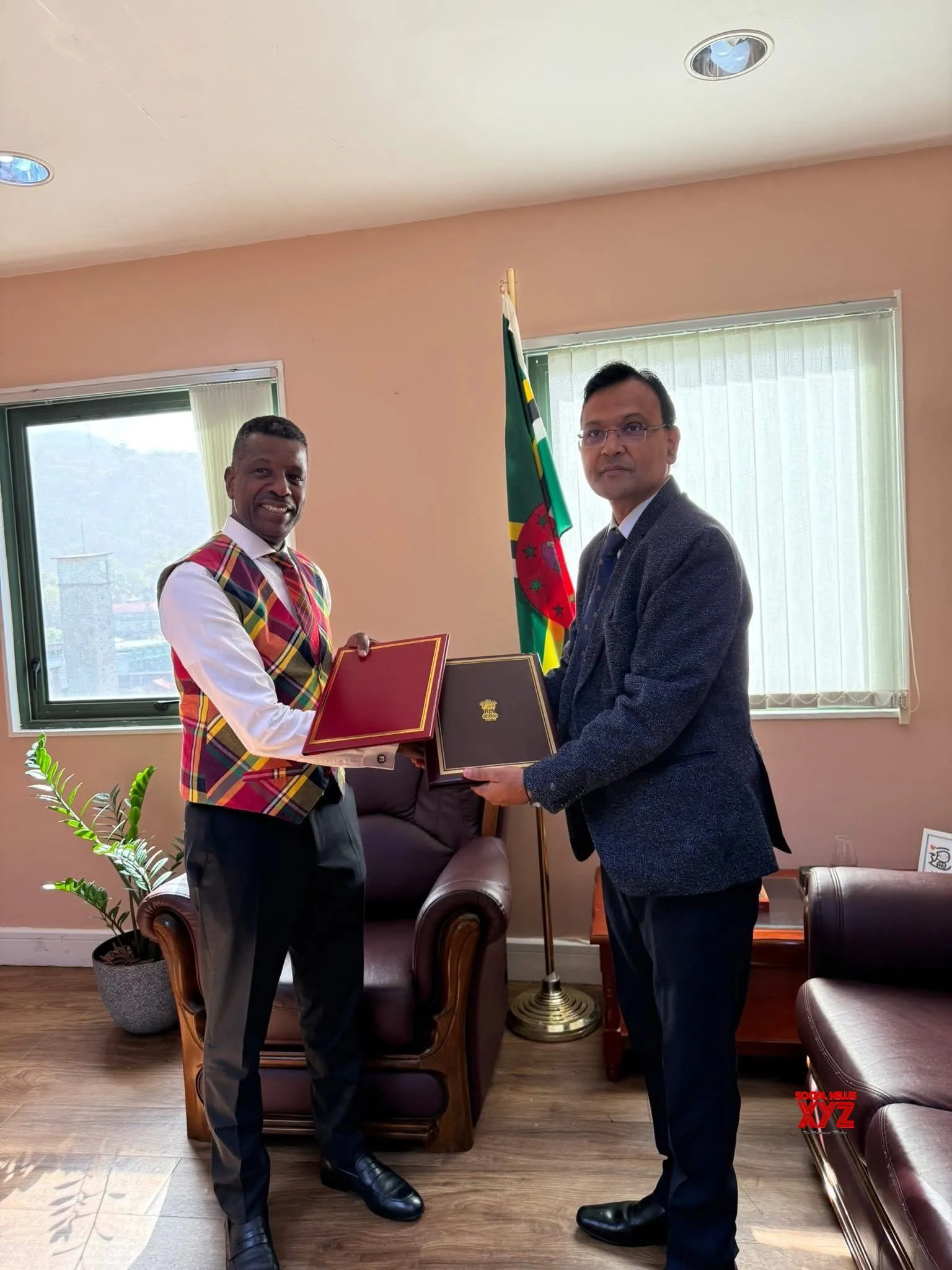Copyright thedailyblog

This is an important announcement that provides greater certainty about US commitments to the Pacific and to key allies; Australia and the UK. Since taking office, Trump’s foreign policy has sent mixed messages to the world community. By committing to AUKUS Trump clarifies one element of that policy, the administration’s commitment to compete militarily with China. Currently, the military balance in the Pacific revolves around China’s ability to use long-range anti-ship missiles to deny large areas of ocean to US aircraft carrier task groups. China has developed a successful asymmetric strategy that makes the application of traditional US naval power, using aircraft carriers, harder in areas like the South and East China Seas. Area-denial tactics can also be used from any area that has land for missile bases. So, in a future conflict possibility exists that area-denial operations could be used anywhere China has a forward base. Currently, the best naval counter to these tactics is the use of submarine forces. Operating out of sight, below the surface of the ocean, submarines can enter an area denied by Chinese missiles and strike targets. The utility of submarines in modern maritime operations makes them vital for any coalition wishing to compete against Chinese area-denial tactics. Trump’s commitment to AUKUS indicates the US is aiming to compete. AUKUS involves a significant and long-term commitment between the partners, 30 years or longer and worth hundreds of billions of dollars. An investment that indicates the level of concern that the US, Australia and the UK have about global security. Canada and Philippines sign new defence agreement Canada signed a new defence agreement with Philippines on 2 November, a Status of Visiting Forces Agreement (SOVFA). A SOVFA is and agreement that provides the legal, administrative and logistics arrangements for Canada to easily deploy military personnel to Philippines for training, or for operational purposes[ii]. It is the fifth SOVFA Philippines has signed with other countries, three of which are recent: The USA and Australia both have longstanding SOVFA with Philippines. Japan signed a SOVFA in 2024. New Zealand in May 2025. It is noteworthy that the agreement was signed immediately after a joint naval exercise in the West Philippine Sea. The exercise was a multilateral Maritime Cooperative Activity (MCA) and included ships from the Philippines, the US, Australia and New Zealand practicing joint operations at sea. The ships involved were the Royal Australian Navy’s Anzac Class frigate HMAS Ballarat, the Royal New Zealand Navy ship HMNZS Aotearoa, the Philippine Navy’s BRP Jose Rizal, the US Navy ship USS Fitzgerald, and a United States Navy P-8A Poseidon aircraft exercising together between 30-31 October 2025[iii]. Although a SOVFA is not an alliance, Canada’s is indicative of the growing tension in the South China Sea. Philippines is building a network of other countries willing to help it deter China’s assertive claims to territory in the area. SOVFAs make it easier for these countries to train and operate alongside Philippines. This SOVFA sits within a wider trend towards closer military integration between Philippines the US and its partners and allies. MCAs are another example, Philippines and its collective security partners training together practising in case they are required to directly challenge Chinese activity. SOVFA’s provide the administrative and logistics support for militaries to work more closely together, and exercises are rehearsals for conflict. So, although a ‘shooting war’ remains unlikely both activities indicate that tensions are increasing in the South China Sea. Another Sino-Australian incident in the skies over the South China Sea On 19 October, Australia reported that Chinese fighter jets released flares near an Australian P-8 Poseidon operating in the South China Sea. Fighter jets carry flares that can be fired as decoys to distract enemy heat-seeking missiles. However, flares can also be fired in the manner reported – above and ahead of an aircraft, as a dangerous form of harassment. If a flare is sucked into an aircraft’s engines it could be very hazardous for the targeted aircraft. This incident took place near the Paracel Islands, one of several contested island groups in the South China Sea. In the 1970s a brief conflict between China and Vietnam secured Chinese control of the Paracel Islands but Taiwan and Vietnam claim the islands regardless of China’s occupation. The Australian government complained to China about the incident and Chinese officials have stated that the Australian aircraft’s actions “seriously infringed upon China’s sovereignty” and urged Australia to “immediately cease its infringing and provocative actions.”[iv] This event is the latest in a series of similar exchanges between the two nations in the South China Sea. In February, Australia reported a similar use of flares by Chinese fighters against a P-8 Poseidon. In May 2024, an Australian helicopter was reportedly showered in flares released by a fighter plane. In November 2023, the Australian government complained about Chinese ships using sonar ‘pings’ to interfere with Australian navy divers at work. Incidents of this nature are increasingly common in this area, and Australia is not alone. Canadian, Japanese and Philippines aircraft and ships have all reported similar incidents. The situation is like the Cold War, when Soviet and NATO warships and aircraft undertook similar activities designed to intimidate and test each other. And like during the Cold War these activities risk suddenly escalating into more aggressive activity. US interest in the South China Sea Subic Bay, in the Philippines, has a long historic connection with the US. The bay is strategically located on the west coast of Luzon Island, about 100km north of Manilla. Subic Bay’s harbour is deep and sheltered, providing a good base for operations in the South China Sea. The US Navy maintained a base in Subic Bay for nearly a century, from 1899-1992 and at times, Subic Bay was the largest US base naval base in Asia. When the US Navy left in 1992, the naval base became the Subic Special Economic and Freeport Zone. Recently, the US started moving back into Subic Bay. pCurrently, tensions are high in the South China Sea and the strategically located harbour is developing into a weapons. On 5 September, Philippines President, Ferdinand Marcos Jr. announced that the Korean shipbuilder Hyundai Heavy Industries (HHI) would be partnering with CCM to re-open the bay’s shipyard. The facility is expected to double Philippines’ shipbuilding capacity and create more than 4,000 jobs in the area by 2030. HHI is also keen to tender for contracts to build new ships for the Philippines Navy, so having a shipyard in the nation is prudent business. The development follows US military investment in the area. For example, US Naval Institute News reported in March that “Last month, the U.S. Marine Corps quietly leased a 57,000-square-foot warehouse at the former Subic Bay Naval Supply Depot.” The warehouse’s role is to store pre-positioned equipment and supplies for the US Marine Corps. Storing equipment in the Philippines makes it much easier to rapidly deploy US Marine Corps soldiers to the area because they do not need to bring vehicles, tents, ration packs and assorted other impedimenta. Instead, they can grab their rifles, jump on a plane and pick up the pre-positioned equipment when they get to Philippines. This activity is another indication that the US is committed maintaining and increasing its military presence in Asia and the Pacific. New Zealand expresses interest in Japanese frigates Speaking at the Association of Southeast Asian Nations (ASEAN) on 2 November, Japan’s Defence Minister Shinjiro Koizumi said that New Zealand has expressed interest in procuring Japanese Mogami Class frigates. The statements were made at a press conference after discussions with New Zealand’s Defence Minister. Australia, New Zealand’s ally recently ordered 11 Mogami Class frigates, part of ambitious plans to increase the size and capability of the Australian fleet. This announcement indicates that New Zealand is considering working with its ally Australia to procure its next generation of warships. It demonstrates the increasing integration of the Australian and New Zealand Defence Forces. Melanesian update A regular update on the Pacific’s least reported trouble spot; Melanesia. New discussion about a Solomon Islands defence force The creation of a Solomon Islands defence force re-entered the political discourse two weeks ago, the nation’s Security Minister, Jimson Tanagada stating that the government is in the early stages of exploring whether to form a defence force. The question of whether Solomon Islands requires a defence force is vexed. Currently, the nation does not have a defence force and there are serious questions about the requirement for a military. Solomon Islands is a relatively small nation and does not have any significant territorial disputes with its neighbours. However, it faces several law enforcement issues including; Smuggling of drugs, weapons and people through the nation to other areas. In October, authorities discovered sophisticated ‘Narco Submarines’ abandoned in Solomon Islands. A discovery that highlights the sophistication of smuggling operations in the South-West Pacific.[v] Maintaining control of natural resources for example; policing fisheries and stopping illegal logging. Further, potential internal disputes in nearby Papua New Guinea could create security problems. In the 1990’s Papua New Guinea fought a war in Bougainville immediately north of Solomon Islands. A conflict that is still being mediated. Currently, national security is the sole responsibility of the Royal Solomon Islands Police Force. A small and poorly resourced organisation that requires considerable international support. Australia and China compete for influence by providing security support, and the development of a Solomon Islands defence force would certainly be a matter of interest for these large powers. However, the real question is whether a small and poor nation like Solomon Islands needs a defence force. It would involve a large investment of time and money that could be used elsewhere to develop the economy or to strengthen state institutions. Timor-Leste joins ASEAN On 26 October, ASEAN formally accepted Timor-Leste as member at its annual summit in Kuala Lumpar. Timor-Leste is Asia’s youngest nation and is now 11th member of ASEAN. Malaysia’s Prime Minister, Anwar Ibrahim, the current Chair of ASEAN said that adding Timor-Leste “completes the ASEAN family, the affirming of our shared destiny and deep sense of regional kinship.”[vi] An interesting statement that is indicative of the growing international interest in Melanesia. Timor-Leste sits astride the commonly accepted border between South-East Asia and Melanesia and ASEAN’s acceptance of the nation which is very poor, shows that the organisation has an interest in this region. [i] https://www.abc.net.au/news/2025-10-21/trump-aukus-albanese-firm-support-pact/105915668 [ii] https://www.reuters.com/world/americas/philippines-canada-sign-pact-troops-deepen-defence-ties-2025-11-02/ [iii] https://www.defence.gov.au/news-events/releases/2025-11-01/australia-new-zealand-philippines-united-states-conduct-maritime-cooperative-activity [iv] https://www.bbc.com/news/articles/c4gk98j083jo [v] https://www.news.com.au/national/crime/narco-submarines-found-in-solomon-islands-highlight-australias-defence-capability-gap/news-story/a300eb76440699a1c2bec5af1310af7d [vi] https://ipdefenseforum.com/2025/10/timor-leste-asias-youngest-nation-becomes-aseans-11th-member



